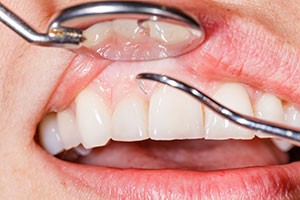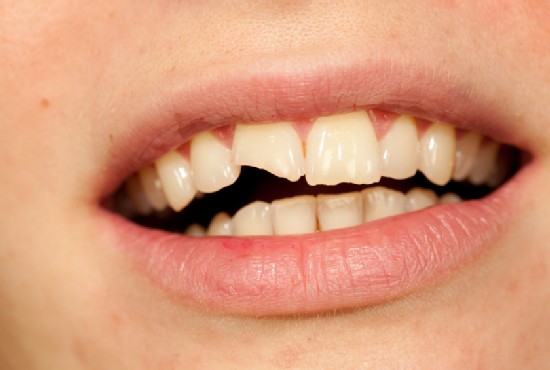Gum Disease: A Very Common Problem

Dental Check Up
April 20, 2015
Avoiding Tooth Decay and Cavities
April 20, 2015 Gum disease is an infection of the tissues that support the teeth and can result in a number of health problems, from mild inflammation, to severe gum damage, to erosion of the bone surrounding the tooth and tooth loss, if left untreated. Gum disease is linked to lots of health problems in other parts of the body including Diabetes, stroke and heart disease, research has shown that periodontal disease is associated with several other diseases.
Gum disease is an infection of the tissues that support the teeth and can result in a number of health problems, from mild inflammation, to severe gum damage, to erosion of the bone surrounding the tooth and tooth loss, if left untreated. Gum disease is linked to lots of health problems in other parts of the body including Diabetes, stroke and heart disease, research has shown that periodontal disease is associated with several other diseases.
Most often the only symptom of gum disease is bleeding when cleaning your teeth. However, other symptoms may include redness and swelling of the gums. If you think of bleeding gums as an open wound – then millions of bacteria could enter the blood stream via those diseased gums!
In the early stages, gum disease is referred to as gingivitis, but when it becomes more advanced, it is termed Periodontal Disease.
Gingivitis: The first stage of gum disease is termed gingivitis. Gingivitis is usually caused by the buildup of plaque along your gum line. Plaque can easily be removed by a regular regimen of daily brushing and flossing. However, if plaque is left to build up on your teeth and gums it can cause irritation and infection of the gingival tissue. Symptoms of gingivitis include red, swollen, bleeding gums and if left untreated gingivitis can progress to a more serious condition called periodontitis.
Usually, gingivitis can be resolved by a thorough professional clean at your dentist, along with improved cleaning at home. And this means flossing daily!
Periodontitis: If plaque is not removed while it is still soft and sticky it will harden into tartar (also called calculus). At this stage the only way to remove it is via a professional dental cleaning. Symptoms of periodontitis, the severest stage of gum disease, include chronic inflammation and infection, bleeding, the development of periodontal pockets, possible bone destruction leading to eventual tooth loss.
When gingivitis has progressed to Periodontal disease, treatment is similar but may involve deeper cleaning around the affected areas. Sometimes we recommend you see a gum specialist or Periodontist.
The good news is that brushing your teeth properly and looking after your gums can prevent and treat gum disease, improve your overall health and help reduce your risk of health problems, such as heart disease.
Following a routine of brushing your teeth for a full two minutes twice a day with a fluoride toothpaste, plus cleaning between your teeth with floss or interdental brushes and visiting your dentist regularly for check ups and cleaning will help you to prevent/controlled gum disease.
If you are presenting with the early stage of gum disease a more consistent regimen of thorough brushing and flossing will be recommended. A prescription mouthwash to help reduce pathogenic oral bacteria may also be prescribed.
Depending on the stage, a deep cleaning may also be necessary. A deep cleaning is also called a scaling and root planing. Your dentist will use special tools to remove plaque and tartar buildup along and below the gumline. Antibiotic therapy may also be required after a deep cleaning, usually in the form of a topical treatment or mouth rinse.
For a long time it was thought that bacteria was the factor that linked periodontal disease to other disease in the body; however, more recent research demonstrates that inflammation may be responsible for the association.
Therefore, treating inflammation may not only help manage periodontal diseases but may also help with the management of other chronic inflammatory conditions.
If you have bleeding gums or would like to be assessed by a dentist, call us on (07) 5523 4090 to book your appointment or Book Online.




